Home › Forums › General Discussion & Questions › Polishing BeoGram dustcovers
- This topic has 12 replies, 2 voices, and was last updated 4 months ago by
auric.
-
AuthorPosts
-
18 December 2023 at 23:39 #1744
I recently acquired a BG RX2, my first radial B&O turntable. It is in good condition and came with a working MMC4. However, the dustcover has some scratches in its surface. Tim and Nick Jarman mention in their book on page 199 that polishing the dustcover with a product of the brand „Mer“ will give the best results. There are various products of the brand. Is the right product the „Mer car polish autocreme“? Anyone knows and / or has used it for the purpose? Thanks for hints and advice.
Kind regards,
Rolf
21 December 2023 at 06:57 #19876Hi Rolf:
I have used NOVUS products to remove scratches from dust covers:
The stuff is very good for removing the haze on the the acrylic. Light to medium scratches can be removed but may take some time. For example swirls from dusting can be removed very easily. Tip: Use a cloth like a used T-shirt to clean and polish. Don’t use paper towels.
Deeper gouges that you can feel with your finger will take more effort. You may have to use a polishing wheel etc.
There are a number of Youtube videos showing how to remove scratches from the dust covers. Various techniques and products are used. Here’s an example:
Derek
23 December 2023 at 17:03 #19786Hey guys,
really thank you for your responses. I forgot to turn on subscription, so I became aware of your support only when I checked on the forum last night.
@Derek:
Thank you for pointing me toward the novus polish, it seems to be a real good one. I must admit that I was being impatient and ordered meanwhile the Mer polish. As you said, I think that paper will not do, so I ordered some specific cloths for polishing.
“Deeper gouges that you can feel with your finger will take more effort. You may have to use a polishing wheel etc.” –> At the moment I will go only for the lighter ones, because in this case I do have no experience at all.
Since I am trying this for the first time, I find the video very helpful. I did not check the scratches in detail yet, from the first looks, they seem to be more of the lighter kind.
Thanks for your comprehensive tips which surely will support my endeavour. Here we go:
Practice on a junk cover to develop your technique. Thrift shops are a great place to find these inexpensively. –> Very good idea, I have a spare dustcover – ruined by a B&O repair shop – I can practice with.
Remove any metal trim or brackets if it is possible to do so without damage. Mask any trim that cannot be removed. (I hope that it is obvious that the cover should be removed from the turntable ? ) –> Mmmmh ?, according to the pictures in the book, I thought I could get away with the dustcover still assembled on the BG. I have disassembled some parts of a BG before, but never a dustcover. I will check on the service manual.
Use the least aggressive polish that will fix the defect. Using too fine of a polish usually does no harm. Too coarse of a polish or sandpaper (or paper towels) will add new scratches that you will need to polish out. –> Right now I would go only for the light scratches, having no experience at all. I have read that sandpaper will take away deeper scratches, e. g. taking care of the speaker displays of BL 3000, 4500, etc., but for this I definitely need more training and experience.
Microfiber cloths are ideal for this –> Got me some.
Using a machine will speed up the job. It can also speed up the severity of your mistakes. I prefer random orbit over rotary machines. –> At first try I will go manually, which should be good enough for lighter scratches?
Securing the cover so it will not move makes polishing easier and reduces the possibility of unintended damage –> O. K.
Don’t try to polish the inside of a dust cover. It is usually not necessary and the inside corners are impossible to polish –> I did clean the inside of the cover and it seems to be good.
A (new) reproduction cover might be available. This could be a good option depending on your skill set and how much you value your time. –> Time is a good point ?. I did some repairs myself in the past and now want to get more things done, because the people knowing how to take care of the old B&O stuff are rare and getting even rarer now. Since my time during the year is really limited, I have to go in small steps, although having an ever longer list of projects I want to start with. So in between holiday season and new years day, dustcover repair it will be.
Don’t forget to post before and after pictures ? –> Yes!
I appreciate your advice a lot. Get some rest, happy holidays and stay healthy!
Kind regards,
Rolf
30 December 2023 at 23:13 #19589The cover is reasonably presentable now.
Glitch, that is an amazing result, stunning! The before and after effect is really distinct. Hope I can get the same success.
Question: You are using a “Mini” buffer for the polish. In the Youtube video above the guy is using a “standard” sized buffer. Is there a specific reason, any advantages using a smaller one?
Rolf: It looks like your cover is starting in much better condition. It should be a pretty straightforward job to perfect it.
Yes, after the first cleansing I thought that, too. However, after the second time, I took a closer look and guess that I clearly misjudged the current status. It seems to me not as worse as the one you are working on, but not as good as on first sight, either. Have a look:
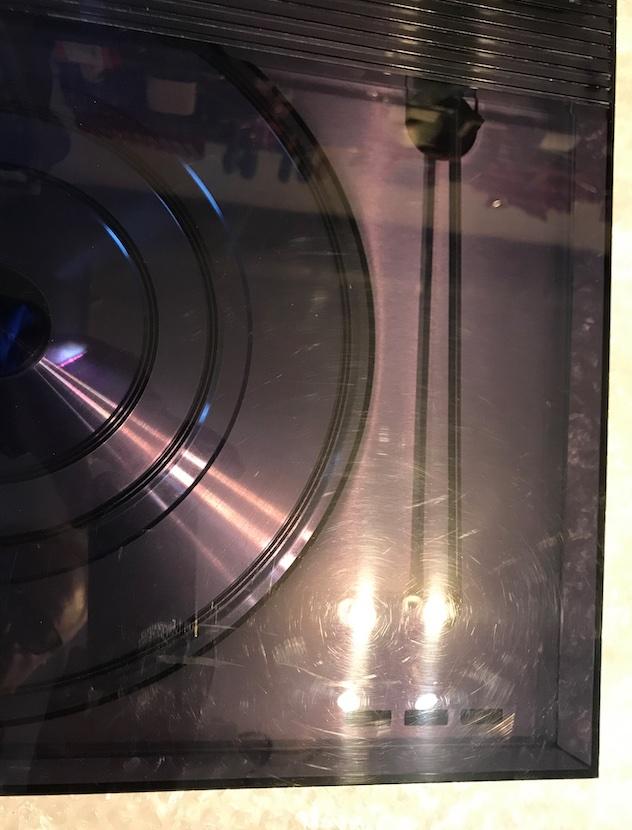
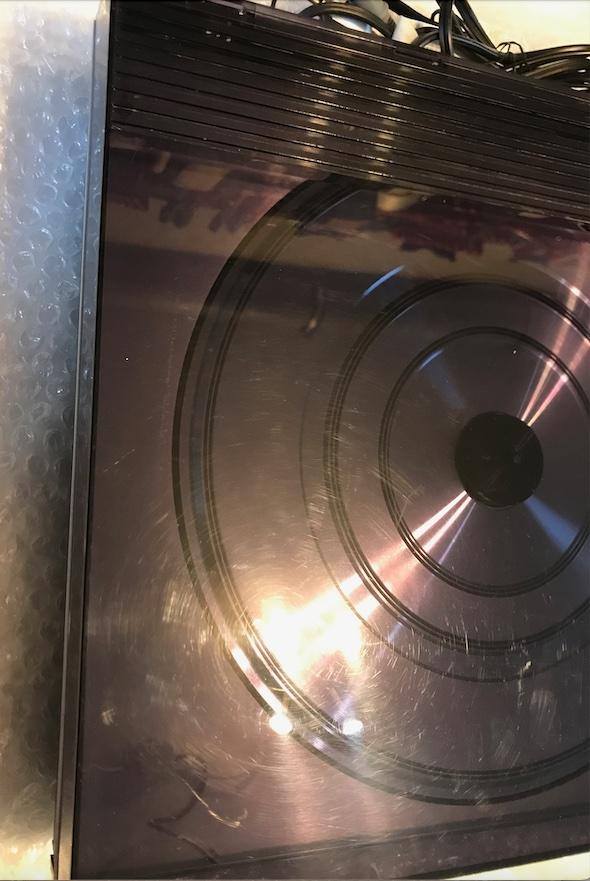
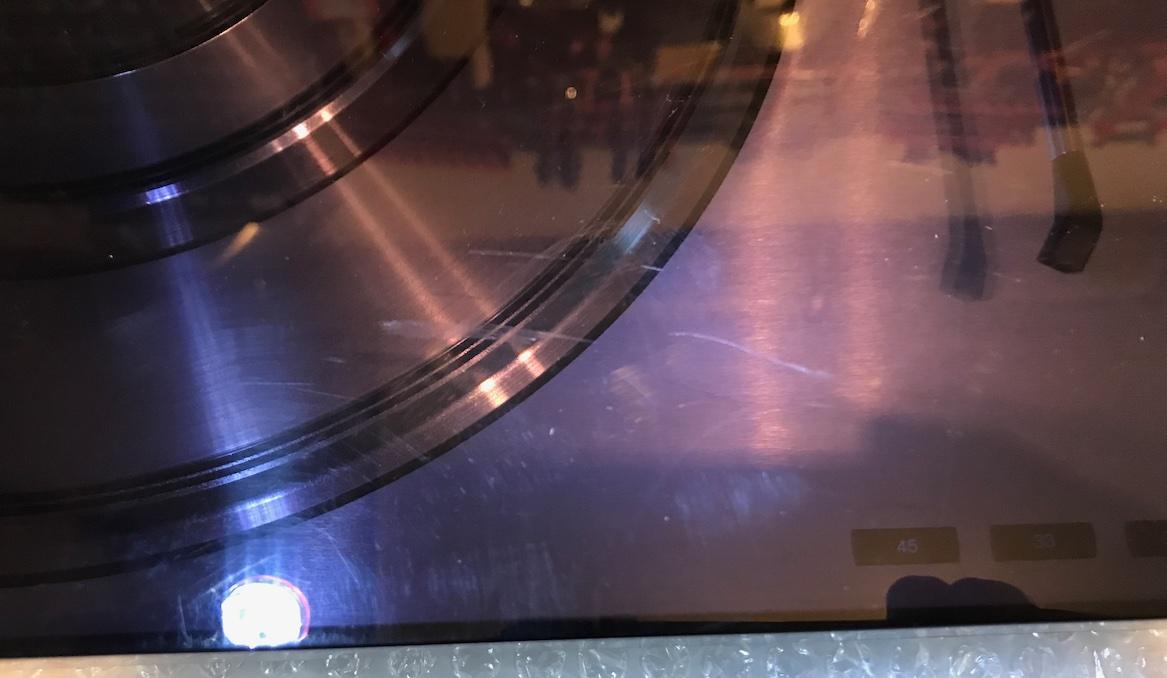
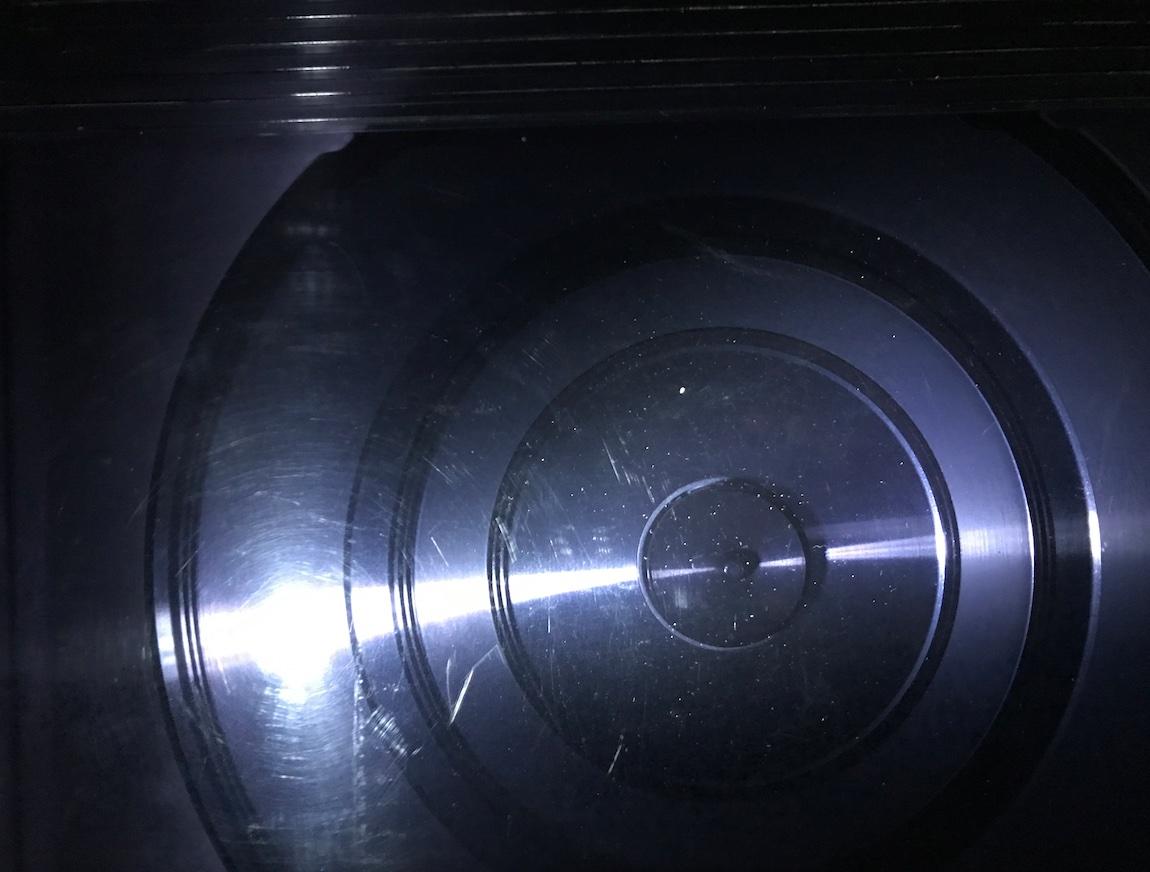
I will have to treat it much more intense than I thought.
31 December 2023 at 17:27 #19577Could apply today the 2000, 3000 and 5000 sandpaper. Here a pic after using the 5000:
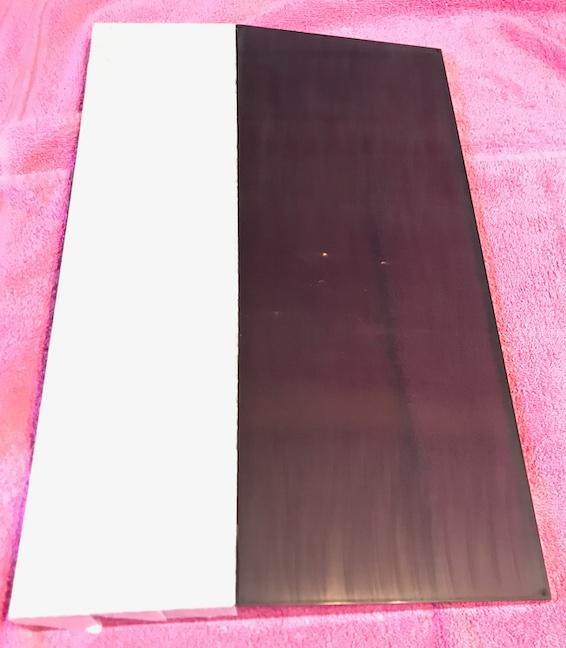
I tried to clean it really good after every step, thanks for the hint on the possibility of remaining grit.
I now will order a buffer. For me, it seems better using a smaller buffer for concentrating on smaller areas. Although maybe challenging the patience sometimes, if the lid is a bigger one ?.
Closing now for this year. Thank you so much for your support.
To you and all fellow Beoworlders I wish a good, healthy and successful 2024!
Kind regards,
Rolf
-
AuthorPosts
- You must be logged in to reply to this topic.



